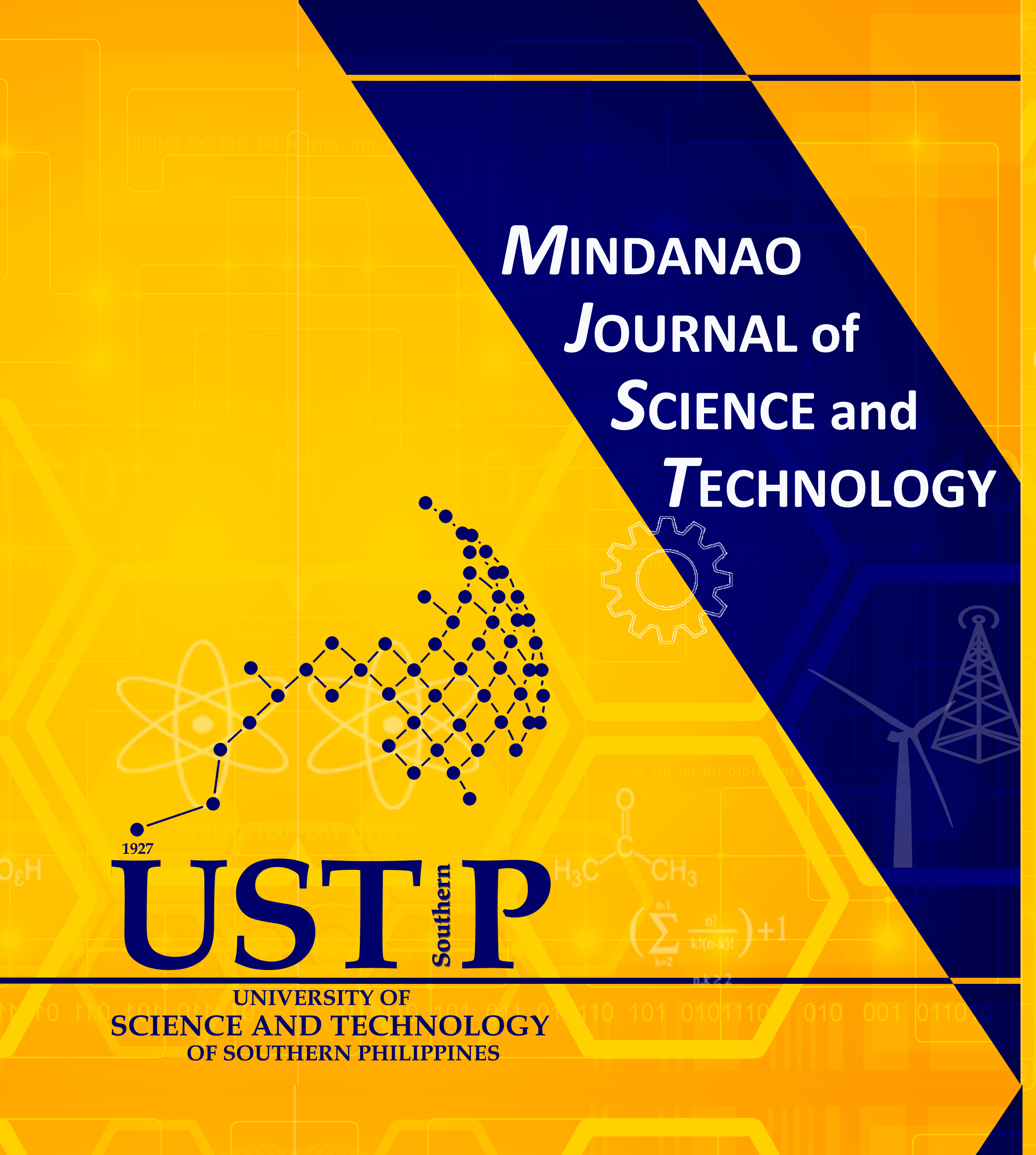Development and Preliminary Testing of Rotary Dryer for Plantain Flour Processing Plant
Keywords:
flour processing plant, plantain, plantain-drying, rotary dryerAbstract
Plantain postharvest losses are significant in Nigeria and efforts are focused on processing the crop into storable products to ensure its availability throughout the year. To obtain the desired flour quality and quantity, plantain must be dried for an hour at a temperature not exceeding 70 °C and then discharged without human intervention. There have been significant obstacles in plantain processing. Regular turning of plantain pulps during drying, and intimate contact between them and the hot-drying air should be ensured to retain plantain nutritional and esteem values in the flour produced. In this study, a rotary dryer was developed. The machine is capable of drying plantain within the aforementioned hour and temperature range and is suitable for use in a plantain flour processing plant. A preliminary test was conducted to assess the fabricated prototype’s functional performance and plantain particulates were able to move through the dryer. Upon varying the air-inlet aperture of the dryer from 0 to 125,680 mm2, the drying air velocity increased from 0 to 4.4 m/s. The airinlet aperture was proportional to air velocity/volume, particulate deflection within the dryer, particulate loss from the dryer and the time taken by the heater to reach the desired drying temperature. It became evident that drying air velocity/volume, deflection and particulate loss can all be influenced regardless of the blower’s speed, potentially affecting the dryer’s capacity and efficiency.










